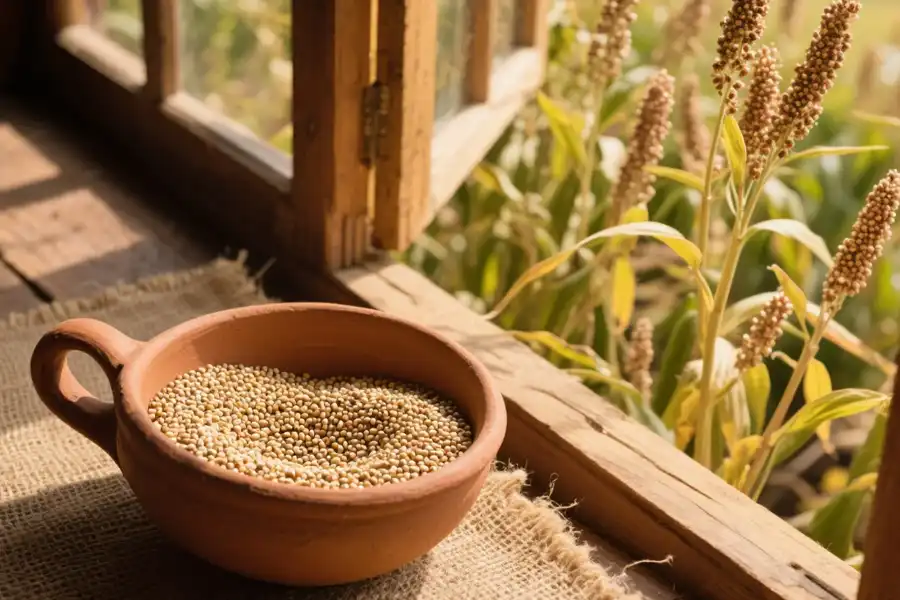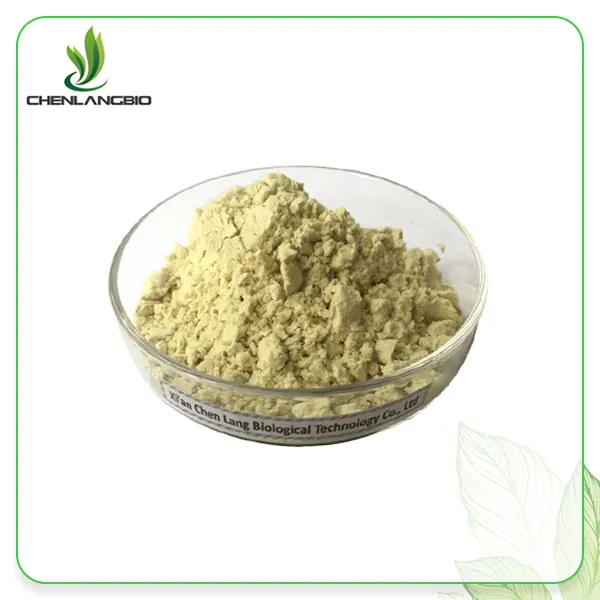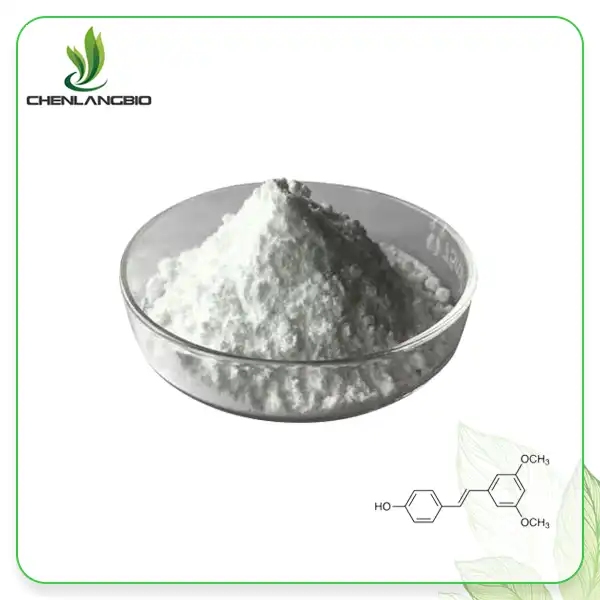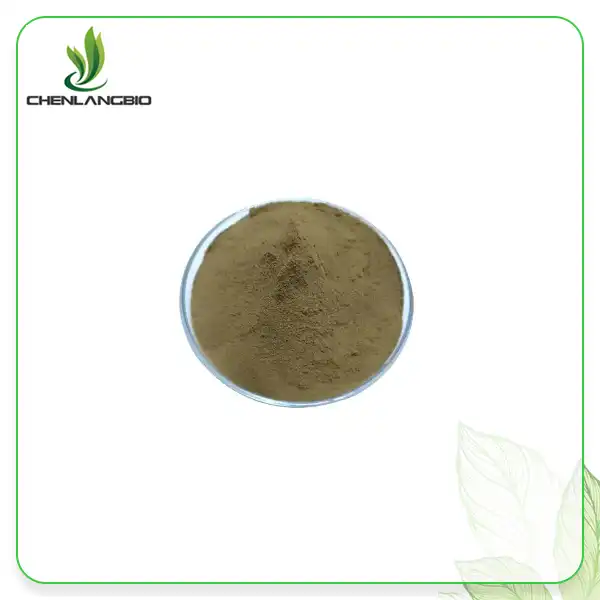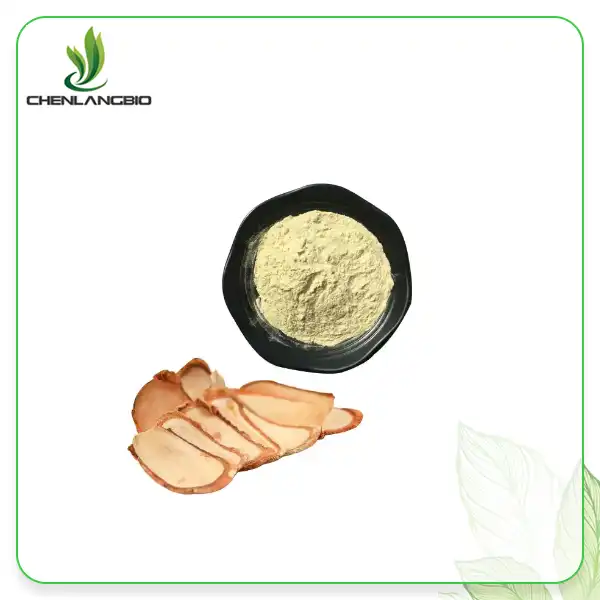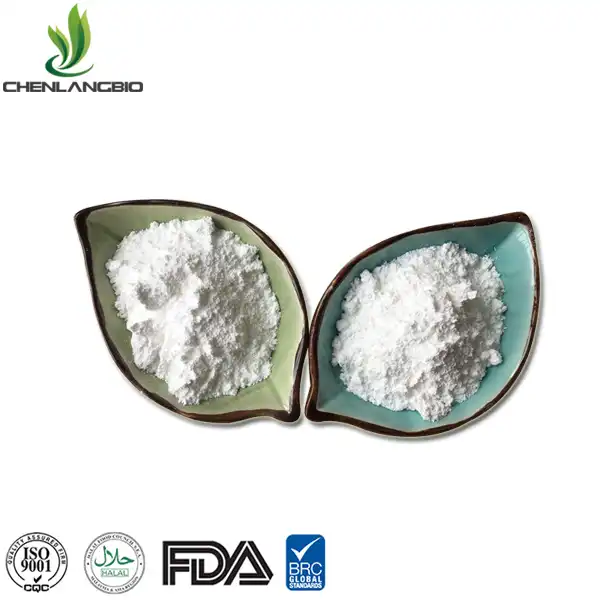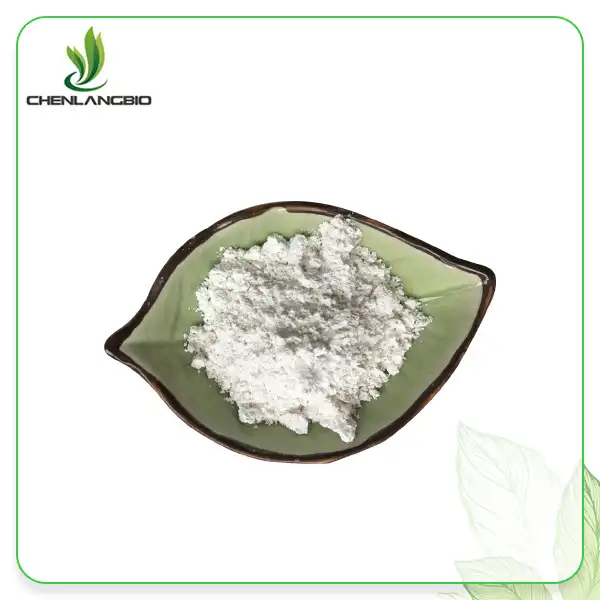Quinoa Seed Extract for Natural Wellness
2025-05-22 11:13:13
Discover the remarkable benefits of chenopodium quinoa seed extract, a powerhouse of nutrition and wellness. This blog delves into the holistic health applications of quinoa, from its rich nutritional profile to its potential in skincare and eco-friendly products. We'll explore how this ancient grain from South America has become a modern superfood, offering a wealth of health benefits and versatile uses. Learn about incorporating quinoa seed extract into your daily routine through DIY recipes and discover its role in sustainable living. Join us on a journey to unlock the natural wellness potential of this extraordinary plant.
Chenopodium Quinoa in Holistic Health
Nutritional Powerhouse: Unpacking Quinoa's Health Benefits
Chenopodium quinoa, commonly known as quinoa, has earned its reputation as a nutritional powerhouse. This pseudocereal boasts an impressive array of essential nutrients, making it a valuable addition to any holistic health regimen. Rich in high-quality protein, quinoa contains all nine essential amino acids, a rare feat for plant-based foods. This complete protein profile supports muscle growth, tissue repair, and overall body function. Beyond protein, quinoa is a robust source of dietary fiber, promoting digestive health and contributing to a feeling of satiety. It's also packed with vitamins and minerals, including manganese, magnesium, phosphorus, folate, and iron. These nutrients play crucial roles in energy metabolism, bone health, and cellular function. The presence of antioxidants, particularly flavonoids like quercetin and kaempferol, further enhances quinoa's health-promoting properties, potentially reducing inflammation and supporting heart health.
Quinoa Seed Extract: A Concentrated Form of Wellness
Quinoa seed extract takes the nutritional benefits of whole quinoa and concentrates them into a potent form. This extract retains many of the grain's beneficial compounds, including saponins, which have been studied for their potential anti-inflammatory and anticancer properties. The extract also contains phytoecdysteroids, plant compounds that may influence metabolism and have been investigated for their potential to support muscle growth and recovery. In skincare applications, chenopodium quinoa seed extract has shown promise in supporting skin health. Its ability to stimulate collagen production and enhance skin barrier function makes it a valuable ingredient in anti-aging formulations. The extract's moisturizing properties and potential to reduce the appearance of fine lines have made it increasingly popular in cosmetic products, particularly those targeting the delicate eye area.
Integrating Quinoa into a Holistic Lifestyle
Incorporating quinoa and its extract into a holistic lifestyle extends beyond dietary consumption. The versatility of quinoa allows for its integration into various aspects of wellness. As a gluten-free option, it serves as an excellent alternative for those with celiac disease or gluten sensitivity, supporting digestive health without compromising nutritional intake. For fitness enthusiasts, quinoa's balanced amino acid profile and complex carbohydrates make it an ideal pre or post-workout food, supporting energy levels and muscle recovery. The seed extract, when used topically or consumed as a supplement, may complement skincare routines and support overall skin health from within. By embracing quinoa in its various forms, individuals can harness its multifaceted benefits, aligning with a holistic approach to health that addresses physical, nutritional, and even aesthetic aspects of well-being.
DIY Recipes with Quinoa Seed Extract
Nourishing Quinoa Face Mask
Harness the skin-loving properties of chenopodium quinoa seed extract with this simple yet effective face mask. In a small bowl, combine 1 tablespoon of quinoa seed extract powder with 2 tablespoons of plain yogurt and 1 teaspoon of honey. Mix until you achieve a smooth consistency. Apply the mask to clean, dry skin, avoiding the eye area. Leave it on for 15-20 minutes before rinsing with lukewarm water. This mask can help hydrate and nourish your skin, potentially reducing the appearance of fine lines and promoting a more youthful complexion. The lactic acid in yogurt gently exfoliates, while honey provides additional moisturizing benefits. Combined with the collagen-boosting properties of quinoa seed extract, this mask offers a natural way to rejuvenate your skin. For best results, use this mask once or twice a week as part of your skincare routine.
Quinoa Seed Extract Smoothie Booster
Elevate your morning smoothie with the nutritional punch of quinoa seed extract. Start with your favorite smoothie base - perhaps a blend of banana, spinach, and almond milk. Add 1-2 teaspoons of quinoa seed extract powder to the mix before blending. This addition not only boosts the protein content of your smoothie but also introduces a wealth of vitamins, minerals, and antioxidants. For an extra flavor twist, consider adding a dash of cinnamon or a spoonful of cacao powder. These ingredients complement the nutty undertones of quinoa while offering their own health benefits. This nutrient-dense smoothie can serve as a balanced breakfast or a revitalizing post-workout snack, supporting energy levels and overall wellness throughout the day.
Quinoa Extract-Infused Body Scrub
Create a luxurious body scrub that exfoliates and nourishes simultaneously. Mix 1/4 cup of finely ground sea salt or sugar with 2 tablespoons of coconut oil and 1 tablespoon of quinoa seed extract powder. For a pleasant aroma, add a few drops of your favorite essential oil, such as lavender or peppermint. Stir until all ingredients are well combined. To use, gently massage the scrub onto damp skin in circular motions, focusing on areas prone to dryness or roughness. Rinse thoroughly with warm water. The exfoliating action of the salt or sugar helps remove dead skin cells, while the coconut oil and quinoa seed extract work together to moisturize and nourish the skin. This DIY scrub can leave your skin feeling soft, smooth, and revitalized. Use once or twice a week for best results, adjusting the frequency based on your skin's needs.
The Role of Quinoa in Eco-Friendly Products
Sustainable Agriculture and Quinoa Cultivation
Quinoa's role in eco-friendly products begins with its cultivation. This resilient crop has been grown for thousands of years in the harsh conditions of the Andean highlands, demonstrating remarkable adaptability to different climates and soil types. Its ability to thrive in diverse environments makes it a valuable crop for sustainable agriculture practices. Quinoa requires less water compared to many other crops, making it an excellent choice for regions facing water scarcity. Its deep root system helps prevent soil erosion, a crucial factor in maintaining soil health and biodiversity. Moreover, quinoa's natural resistance to pests reduces the need for chemical pesticides, aligning with organic farming principles and supporting healthier ecosystems.
Quinoa By-Products in Eco-Conscious Manufacturing
The versatility of chenopodium quinoa seed extract beyond food applications, finding its way into various eco-friendly products. Quinoa husks, often considered a by-product of quinoa processing, are being repurposed in innovative ways. These husks can be used as a natural exfoliant in skincare products, offering a biodegradable alternative to microplastics commonly found in conventional exfoliants. In the textile industry, quinoa starch is emerging as a sustainable option for fabric sizing and finishing. This plant-based alternative reduces reliance on synthetic chemicals, contributing to more environmentally friendly textile production. Additionally, quinoa protein is being explored as a natural binder in the creation of biodegradable packaging materials, offering potential solutions to reduce plastic waste.
Quinoa's Contribution to Circular Economy Models
The holistic utilization of quinoa aligns well with circular economy principles, where waste is minimized, and resources are used efficiently. Every part of the quinoa plant can find purpose, from the seeds for food and extract production to the stalks for animal feed or natural fertilizers. This comprehensive approach to resource use not only maximizes the value derived from quinoa cultivation but also reduces waste and environmental impact. As consumers increasingly seek eco-friendly alternatives, products incorporating quinoa and its derivatives are gaining traction. From biodegradable cosmetic packaging to plant-based textiles, quinoa is playing a role in the shift towards more sustainable consumer goods. By supporting these innovations, consumers can contribute to more sustainable production cycles and reduce their environmental footprint.
Conclusion
Chenopodium quinoa seed extract stands as a testament to nature's ability to provide comprehensive solutions for our health and environmental challenges. From its nutritional prowess to its versatility in eco-friendly applications, quinoa continues to impress with its multifaceted benefits. As we move towards more sustainable and holistic approaches to wellness and consumption, quinoa seed extract emerges as a valuable ally in our quest for natural, effective, and environmentally conscious solutions. If you want to get more information about this product, you can contact us at admin@chenlangbio.com.
References
1. Vega-Gálvez, A., Miranda, M., Vergara, J., Uribe, E., Puente, L., & Martínez, E. A. (2010). Nutrition facts and functional potential of quinoa (Chenopodium quinoa willd.), an ancient Andean grain: a review. Journal of the Science of Food and Agriculture, 90(15), 2541-2547.
2. Graf, B. L., Rojas‐Silva, P., Rojo, L. E., Delatorre‐Herrera, J., Baldeón, M. E., & Raskin, I. (2015). Innovations in health value and functional food development of quinoa (Chenopodium quinoa Willd.). Comprehensive Reviews in Food Science and Food Safety, 14(4), 431-445.
3. Navruz-Varli, S., & Sanlier, N. (2016). Nutritional and health benefits of quinoa (Chenopodium quinoa Willd.). Journal of Cereal Science, 69, 371-376.
4. Vilcacundo, R., & Hernández-Ledesma, B. (2017). Nutritional and biological value of quinoa (Chenopodium quinoa Willd.). Current Opinion in Food Science, 14, 1-6.
5. Ruiz, K. B., Biondi, S., Oses, R., Acuña-Rodríguez, I. S., Antognoni, F., Martinez-Mosqueira, E. A., ... & Molina-Montenegro, M. A. (2014). Quinoa biodiversity and sustainability for food security under climate change. A review. Agronomy for Sustainable Development, 34(2), 349-359.
6. Tang, Y., & Tsao, R. (2017). Phytochemicals in quinoa and amaranth grains and their antioxidant, anti‐inflammatory, and potential health beneficial effects: a review. Molecular Nutrition & Food Research, 61(7), 1600767.
Send Inquiry
Related Industry Knowledge
- What are the Skin Care Benefits of Hydroxypropyl Tetrahydropyrantriol?
- Is Kopexil Effective for Male and Female Pattern Baldness?
- Why Pro-Xylane Powder is Trending in Skincare
- How Can Pure Fisetin Enhance Cognitive Function and Support Brain Health
- How Do You Dissolve Praziquantel Powder
- Does Alpha-GPC Increase Serotonin
- Can I Dissolve Praziquantel in Water
- What Are The Benefits Of Using Hyaluronic Acid Powder
- Unlock the Power of Astaxanthin: The Ultimate Antioxidant from Haematococcus Pluvialis Extract
- What is Nmn powder Supplement Used for

